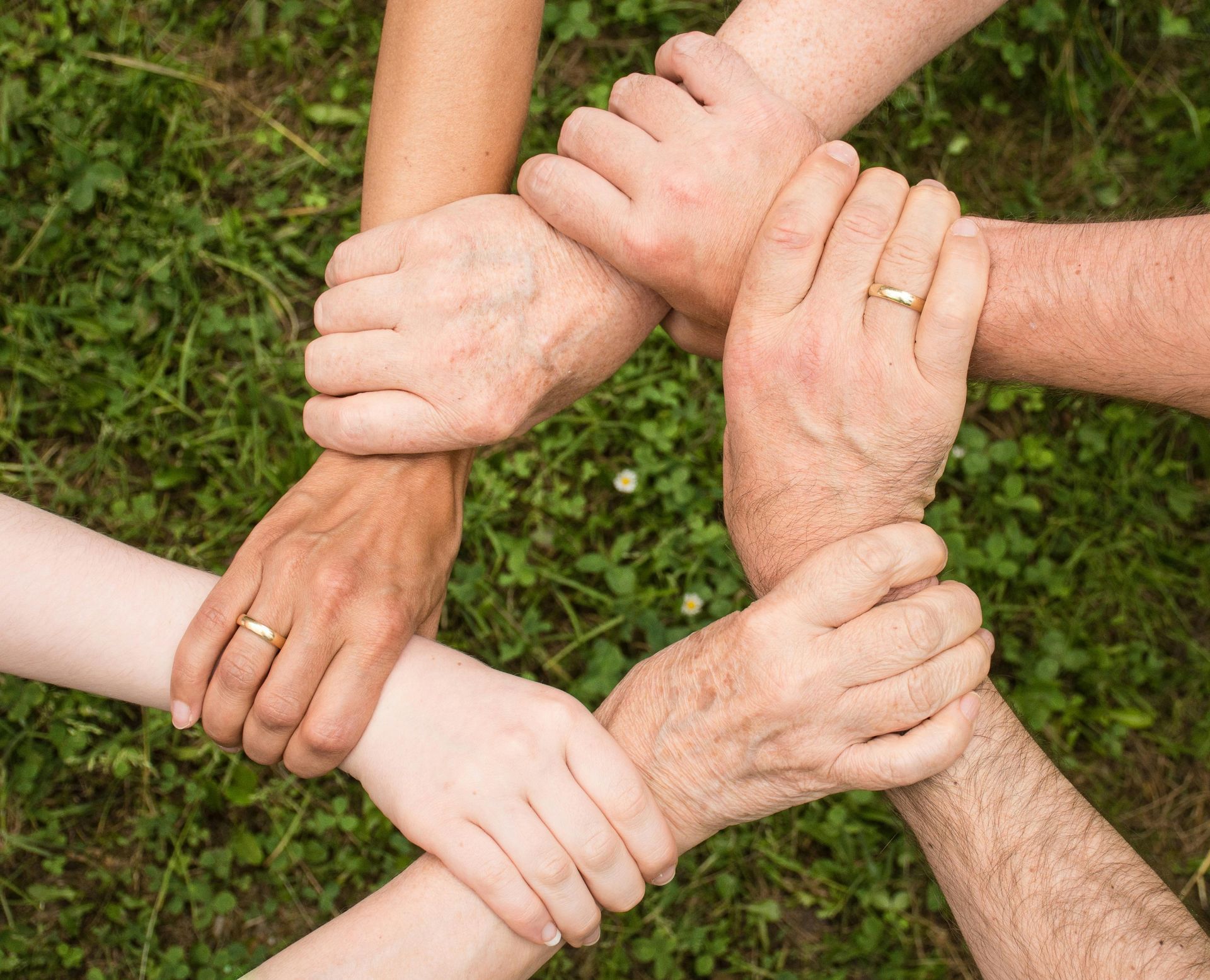The Growing Need for Community: Why It Matters More Than Ever

In an increasingly digital and fast-paced world, the sense of belonging and connection is more important than ever. Community plays a vital role in mental, emotional, and even physical well-being. Research shows that people who engage in strong social networks live longer, experience lower stress levels, and feel a greater sense of purpose (Holt-Lunstad, Smith, & Layton, 2010).
Understanding Community
Community is more than just a group of people—it is a network of support, shared values, and mutual growth. Being part of a community provides a sense of belonging, emotional support, and opportunities for personal and professional development.
Benefits of Being Part of a Community
- Improved Mental Health – Studies indicate that social isolation is linked to depression and anxiety, whereas strong community ties provide emotional support and reduce stress (House, Landis, & Umberson, 1988).
- Enhanced Physical Health – People who feel socially connected tend to have lower blood pressure, stronger immune systems, and a reduced risk of chronic illness (Holt-Lunstad et al., 2015).
- Increased Resilience – During challenging times, communities provide a safety net that fosters resilience, whether through emotional encouragement or tangible support.
- Opportunities for Growth – Communities offer mentorship, skill-sharing, and educational resources that can lead to personal and career advancement.
- A Sense of Purpose – Engaging with a community allows individuals to contribute, creating a meaningful impact on others’ lives, which in turn fosters a sense of purpose and fulfillment.
How to Build and Maintain Community Connections
- Engage in local groups – Whether it’s a hobby club, religious gathering, or volunteer organization, finding like-minded individuals enhances your social circle.
- Leverage digital platforms – Online communities offer a way to connect with people who share similar interests, regardless of geographic location.
- Prioritize social interactions – Making time for regular meet-ups, phone calls, or video chats with friends and family helps sustain relationships.
- Give back – Acts of kindness and volunteering not only strengthen communities but also enhance personal well-being.
Community Ideas for Different Age Groups
- Children & Teens – School clubs, sports teams, scouting organizations, and online gaming communities.
- Young Adults – College groups, coworking spaces, fitness classes, professional networking events, and social activism groups.
- Adults – Parenting groups, neighborhood associations, cultural organizations, religious groups, and volunteer initiatives.
- Seniors – Retirement community groups, book clubs, gardening clubs, senior fitness programs, and intergenerational mentorship programs.
The need for a sense of community is greater than ever. By fostering social connections, individuals can enhance their emotional and physical well-being, create opportunities for growth, and build resilience. Investing in relationships is not just beneficial—it’s essential.
What steps can you take today to strengthen your community connections?
References
House, J. S., Landis, K. R., & Umberson, D. (1988). Social relationships and health. Science, 241(4865), 540-545. https://doi.org/10.1126/science.3399889
Holt-Lunstad, J., Smith, T. B., & Layton, J. B. (2010). Social relationships and mortality risk: A meta-analytic review. PLoS Medicine, 7(7), e1000316. https://doi.org/10.1371/journal.pmed.1000316
Holt-Lunstad, J., Robles, T. F., & Sbarra, D. A. (2015). Advancing social connection as a public health priority in the United States. American Psychologist, 72(6), 517-530. https://doi.org/10.1037/amp0000103
Center for Psychological Health & Wellness
122 West Lancaster Avenue, Shillington, Pennsylvania 19607, United States
Phone 484-509-0499 Fax 484-324-6685
Please click this link to view the Center for Psychological Health and Wellness Privacy Policy for TCR Registration for SMS.
Copyright © 2024 Center for Psychological Health & Wellness - All Rights Reserved.

